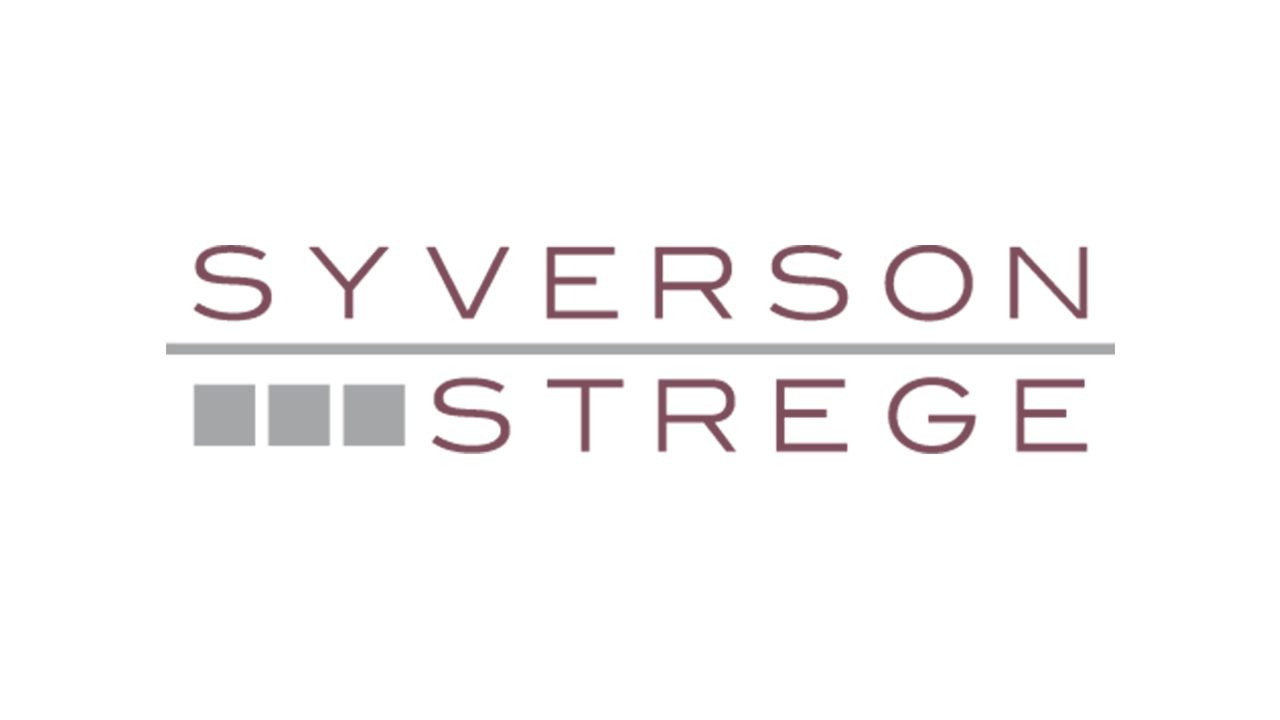Charles Schwab's Annual "Impact" Investment Conference: Blog 2
by Admin | December 1, 2022
November 13, 2015


The 2015 annual Schwab Conference has been amazing so far; it’s been exciting and educational. It’s only day two of three and I’ve gained insight on where China’s headed, what the Fed is going to do with rates, and the meaning of liquid hydro carbons (a fancy word for oil!!!). Below is a summary of what I’ve learned so far.
First up, China! The good news is that the Chinese equity market is up 5% for the year and up 44% year-over-year as of October 19th; the bad news is the Blog 2 imagevolatility. Chinese equities are expected to be volatile over the near-term and that volatility is expected to permeate into portfolios across the globe.
According to numerous presenters here, Chinese GDP is expected to continue to grow and will be primarily driven by household consumption. Chinese households have $8.5
trillion in cash deposits that are waiting to be spent (and this figure does not count banking deposits). So the bottom line is, rest easy the bottom isn’t going to fall out from
under China.
Next up is the Fed. Is the Fed going to raise rates? That’s the question on everyone’s mind. According to what I’ve learned here, the answer is a resounding no. I was shown
numerous metrics that show how portfolios around the world are not prepared for a rate hike; in fact, only 30% of portfolios are braced for such a change. What’s more is that the data shows that the US economy is in the exact same place as it was in September of 2012 when the Fed determined that it needed to start its Quantitative Easing program by buying back $85 billion in treasury securities each month. Further, if we examine where the economies of the US and the Eurozone are in their respective lifecycles they seem to be
converging – at least in terms of GDP growth. Yet the Eurozone wants to ramp up the quantitative easing initiative it started in early 2015 and the US wants to curb growth. These conflicting messages don’t seem to make much sense and the takeaway is twofold: Either the Fed won’t raise rates this December, or a rate hike is priced into the market and volatility will be minimal if such an event were to take place.
That’s all for now. As we gain more insight into the world of investing, financial planning, and the global economy we will report back.
Regards from Boston,
James Mantosh, CFA


